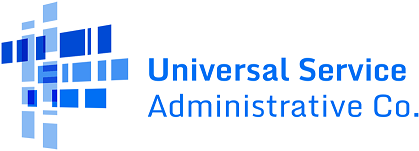Program Overview
High Cost is one of four programs that make up the federal Universal Service Fund. With a $4.5 billion annual budget, it is the largest of the four USF programs.
High Cost distributes funding to telecom carriers to deliver service in rural areas where the market alone cannot support the substantial cost of deploying network infrastructure and providing connectivity. Historically, it has subsidized voice service to ensure that rates in rural and urban areas are reasonably comparable. But with a series of reform orders that began in 2011, the FCC is modernizing the High Cost program to support broadband to ensure that all people in America – no matter where they live – have access to robust, affordable connectivity to fully participate in today’s society.
This modernized program is called the Connect America Fund, and it consists of a series of new funds that rely on incentive-based models and competitive bidding to award carriers a set amount of support to build out broadband to a defined number of locations in unserved and underserved areas. The goals of this program are to:
- Preserve and advance universal availability of voice service
- Drive universal availability of modern networks capable of providing voice and broadband service to homes, businesses and community anchor institutions
- Drive universal availability of modern networks capable of providing advanced mobile voice and broadband service
- Ensure that rates for broadband and voice services are reasonably comparable in all regions of the nation
- Contain administrative costs and minimize the universal service contribution for consumers and businesses through efficient, effective program management
